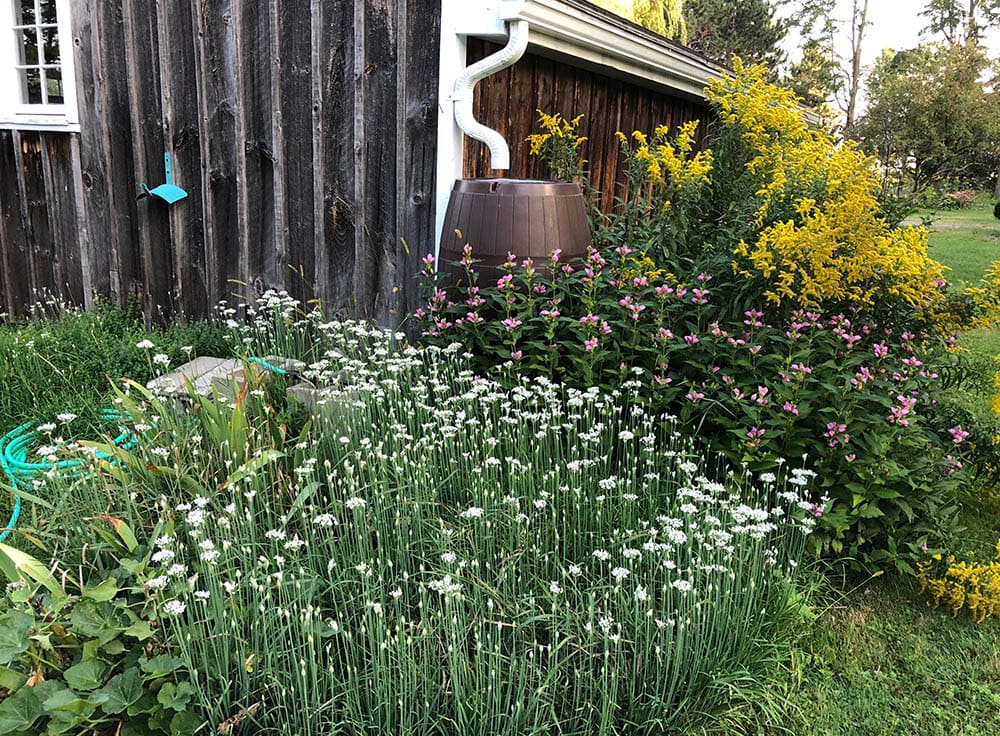A rain garden is a modest spot of backyard garden or land that is slightly deeper than its environment and that collects rainwater operate off from roofs and other challenging surfaces. The foundation of the dip is planted with plants that can endure waterlogging, despite the fact that a rain backyard garden drains nicely and will only be waterlogged for durations of up to forty eight hrs. It demands that the earth at the foundation of the rain backyard be tilled so that it drains speedily and simply, and although it is conventional to use rainwater runoff from hard surfaces, these gardens can also be recognized at the foot of a backyard garden slope to get runoff from lawns or driveways.
Such gardens have a tendency to require little upkeep as soon as set up and they search normal. They can attract wildlife, such as insects, but because the water does not pool and drains away in forty eight hours, rain gardens do not appeal to mosquitoes.
As nicely as supplying a wild location in your garden, the planted vegetation retains the h2o long enough that it is filtered as it passes via the soil, for that reason reducing the pollutants and contaminants that would in any other case pass be contained.
What Plants Do Best in a Rain Garden?
It is standard to use native crops in the rain yard. Indigenous crops must not need fertilizer due to the fact they have by natural means tailored to thrive on the soil that is accessible, and fertilizer would by natural means contaminate the water. Choose plants with a very good root system and that can cope with from time to time currently being inundated with rainwater for intervals of up to forty eight hours. Nearby wildflowers are well-known, but you can also integrate shrubs and perennials. Some nurseries can offer a listing of rain-backyard garden approved vegetation, or you can lookup on-line to uncover a databases of this sort of plants.
Trees are not normally planted in rain gardens simply because they call for and consider much more of the h2o than the relaxation of the plants. In the same way, the backyard garden itself need to not be put wherever in which it may possibly interfere with tree roots.
The Soil
Not all locations are suitable for a rain backyard. As effectively as getting to have a provide of rainwater runoff, the floor wants to be ideal. A ribbon soil examination can be used to guarantee that the soil does not have also high a clay material, although infiltration tests verify that water infiltrates the ground at a price of one.2 inch for each hour or more. These tests can also be used to decide what kind of tilling is required for the soil before it is replaced.
Size and Dimensions
Most designers purpose for a rain backyard approximately one particular fifth of the size of the roof or run-off spot that is becoming drained. In a standard property backyard garden, this implies you will need roughly two hundred sq. toes.
Placement And Position
The garden is normally placed perpendicular to the operate-off floor. It ought to be a lot more than 10 toes from any building foundations and should not be placed anywhere that drinking water swimming pools and stays for lengthy durations of time. The purpose of the rain backyard is for the drinking water to dissipate soon after forty eight hours, so if it is constantly waterlogged, it won’t work.

Ongoing Maintenance
The goal of a rain yard is to use native vegetation. Indigenous vegetation do not want fertilization and must prosper in your new garden. As this sort of, maintenance of these gardens is regarded as minimum. You will need to have to weed pretty often and take away any rubbish or debris. If there are any very dry intervals, you could also need to have to water the spot. After a calendar year or two, very little routine maintenance will be essential. The vegetation will outgrow and get rid of off any weeds, and the water from normal rain will maintain the location properly-watered.
Potential Cons
Rain gardens can be an successful way of reducing rain build-up close to pipes and drains, but they are inclined to be really little, specially in an urban placing. This signifies that they will have only small influence on minimizing drinking water build-up.
What is much more, even though routine maintenance gets less difficult soon after a calendar year or two, they do nonetheless call for some servicing and you will require to landscape the area to stop the native plants from spreading close to the relaxation of your backyard garden.
And, finally, if your backyard garden is on a steep slope, a rain backyard is not considered ideal, and you need to not area 1 on a slope of more than twelve degrees.
Conclusion
A rain yard is a little yard area that can be utilized to let drinking water to operate off difficult surfaces like roofs and driveways. They can avoid h2o from amassing on these surfaces, although also providing an nearly wild backyard spot that is loaded with indigenous vegetation. They are not suited for all gardens or in all conditions, however.
Featured Graphic Credit: EpiDemiks Studio, Shutterstock
Contents

